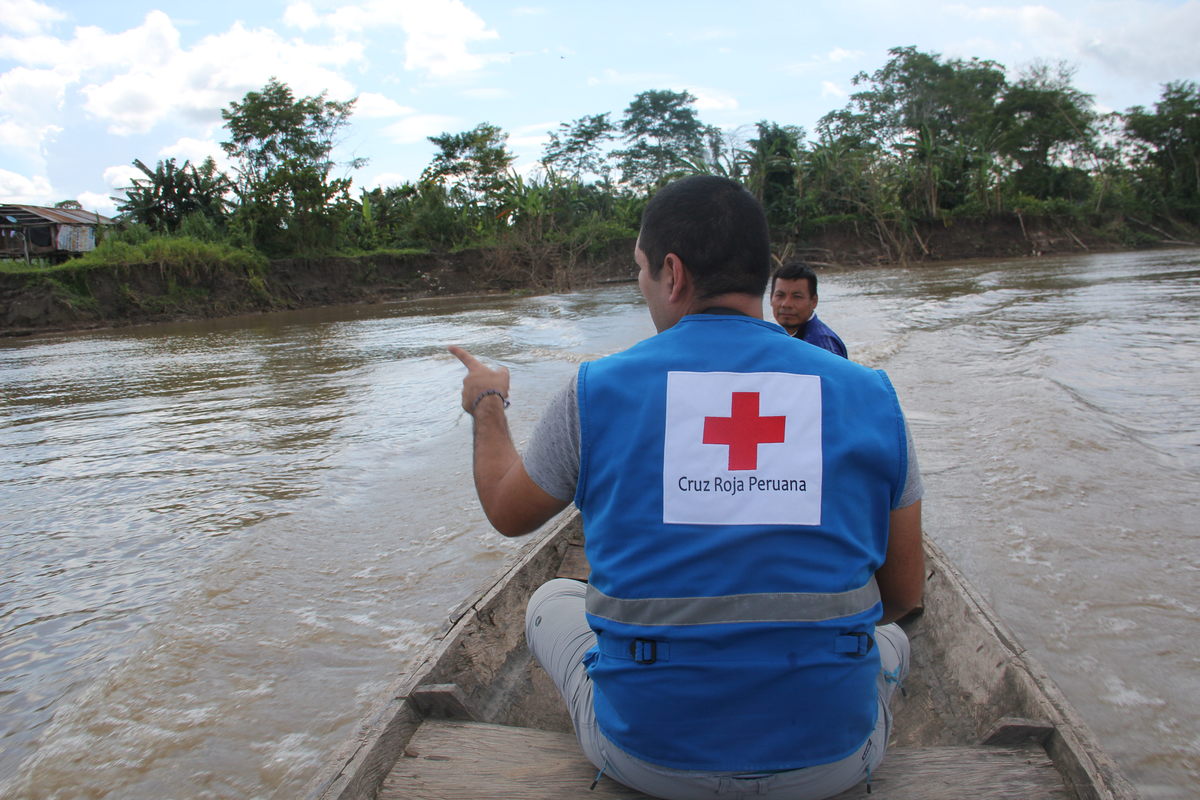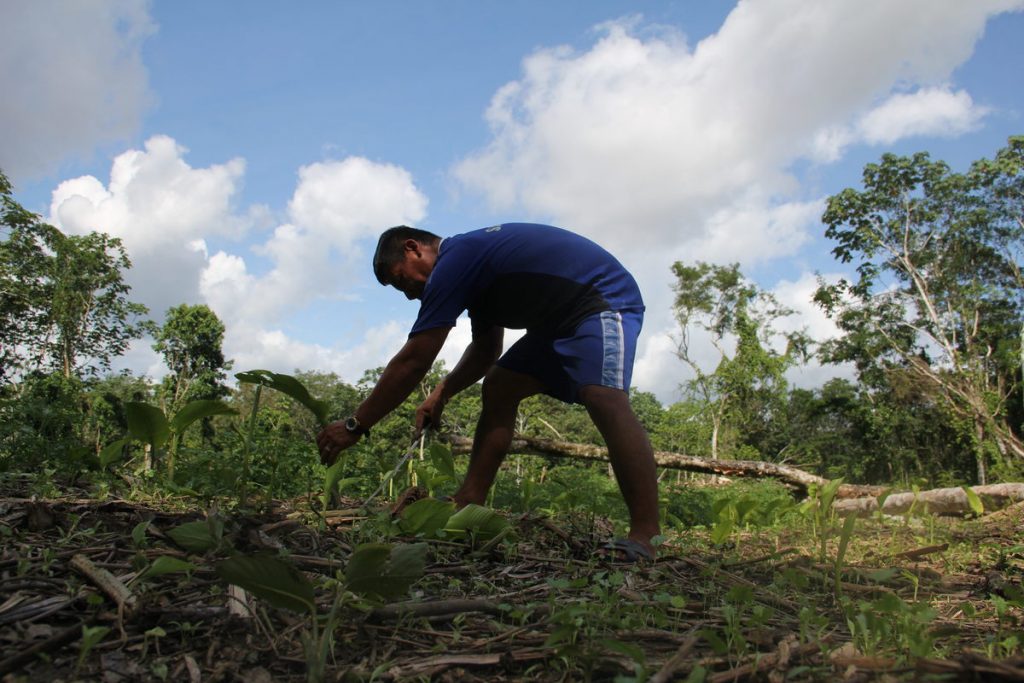As seasonal floods become more extreme, a new programme run by the Peruvian Red Cross seeks to dramatically reduce the number of people impacted by flooding by completely reversing the way disaster relief happens. The idea is to provide humanitarian assistance to the most vulnerable people before floods hit, so that they can stay safe and healthy during these extreme events.
“We have been a humanitarian organization that traditionally focused on responding to disasters,” says Kemper Mantilla, the project’s national coordinator for the Peruvian Red Cross. “What we are doing now is a paradigm shift.”
Pioneered by the German Red Cross and the Red Cross Red Crescent Climate Centre, based in The Hague (Netherlands), the approach is known as Forecast-based Financing (FbF) and has been rolled out in numerous countries around the world, from Bangladesh to Togo.
In Peru, it is being tested in three areas that are prone to extreme weather events: towns along the Pacific Ocean coastline impacted by extreme rainfalls related to the El Niño phenomenon; villages high in the Andes mountains, located at 3,800 metres above sea level, where alpaca farmers struggle to deal with cold snaps and glacial snowstorms; and parts of the River Amazon basin around Iquitos.
In the case of the alpaca herders, forecasts trigger funds that enable construction of shelters and provision of medicine for the livestock. “We lose 15 to 20 alpacas each winter,” says Flavio Cabana, who has a herd of 400 alpacas in the Arequipa región of southern Peru. “The young ones are the most likely to die from the cold.”
The programme works with the national meteorological and hydrological service of Peru, which analyses incoming weather patterns and provides Peruvian Red Cross staff with advance warning of extreme events headed towards vulnerable communities. That gives humanitarian workers time to prepare and distribute help to people in need.
“We try to get scientific information into the hands of decision-makers as fast as we can,” says Juan Bazo, climate science adviser for the Red Cross Red Crescent Climate Centre, another key partner in FbF projects around the world.
“The benefit of this programme is that it uses weather forecasts, which give us a window of time to act, so that we can get help to the most vulnerable people.”
 Red Cross Red Crescent magazine
Red Cross Red Crescent magazine 











 Tech & Innovation
Tech & Innovation Climate Change
Climate Change Volunteers
Volunteers Health
Health Migration
Migration